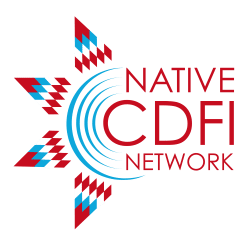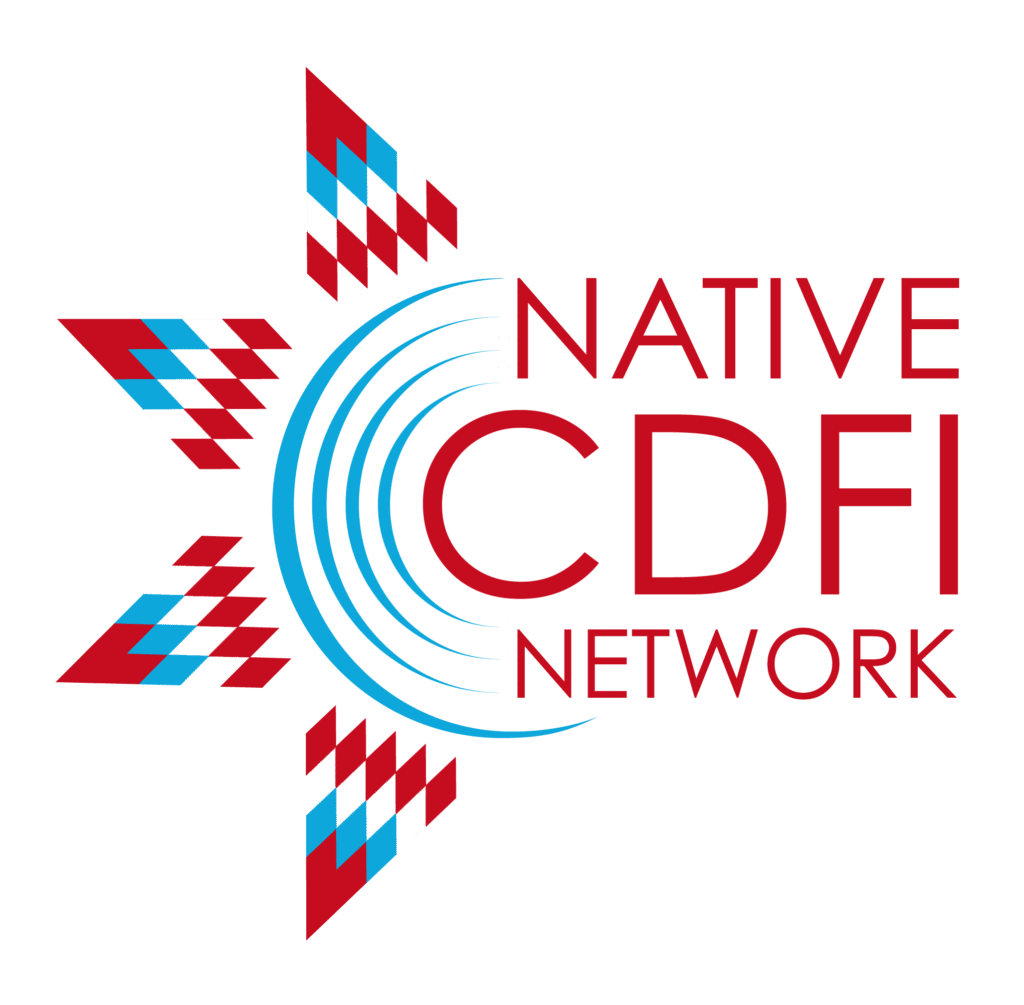Guest Opinion from Tribal Business News
No one doubts the need for more affordable capital to deploy in Indian Country. Unfortunately, there is little data to answer the main questions — how much, what kind and what for — that go along with that need.
In an effort to quantify the need, in the fall of 2022, the Native Community Development Financial Institutions (CDFI) Network engaged New England Market Research Inc. to conduct a market study that included asking members about their needs for long-term low-cost loan capital, as well as their organizational capacity needs. The market study found that:
- There is strong demand for low-interest, long-term loan capital among Native CDFIs.
- Some Native CDFIs are struggling with issues related to technology, staff and capacity issues, which are common challenges NCDFIs face in serving their communities.
- There is an appetite and need among Native CDFIs for coupling loans with operating grants to help them build capacity.
- Demand for CDFI capital increases by 28% when modest operating grants are provided with loan capital.
- By and large, for every $1 of operating grants provided, small business demand/deployment increases by $3.80.
- Small business lending is where the greatest demand is, followed by first mortgages for housing, ag loans and consumer loans. To provide more context, small business loan capital demand is 4 times greater than the second-ranked category (first mortgage loans.)
- There is limited demand for credit repair, housing improvement and other loan capital.
- There is substantial interest in new intermediary models such as loan participation and loan guarantees.
- To a lesser degree, there is some interest in low-cost capital that would allow Native CDFIs to refinance their existing corporate debt.
Overall, the study found an estimated $166 million in incremental demand over the next three years among NCN members — and that number is conservative, says study author Jack Northrup. “That $166 million is in addition to existing lending activities and doesn’t reflect loan capital demand if we were to provide capacity-building operating grants.”
In conducting this study, New England Market Research and NCN were quite aware that predicting Native CDFI loan-capital demand for more than one year is a bit of a risky endeavor. Many Native CDFIs experience fluctuating demand in their markets, intermittent funding and product-specific funding opportunities each year.
The study is a significant step toward determining demand for intermediary loan products and services among NCN’s members and Native CDFIs across the country.
NCN and New England Market Research are also working with the Center for Indian Country Development (CICD) at the Federal Reserve Bank of Minnesota to expand data and research on the demand for capital in Indian Country.
Data is precious in Indian Country. A report by CICD last year noted: “A lack of high-quality data stands in the way of Native Americans’ economic progress and tribes’ ability to implement effective public policy in Indian Country.”
The work we’re doing is helping clearly define the amounts and types of capital Native CDFIs require to make loans in their communities and build their own organizational capacity. That is good news for Indian Country.

